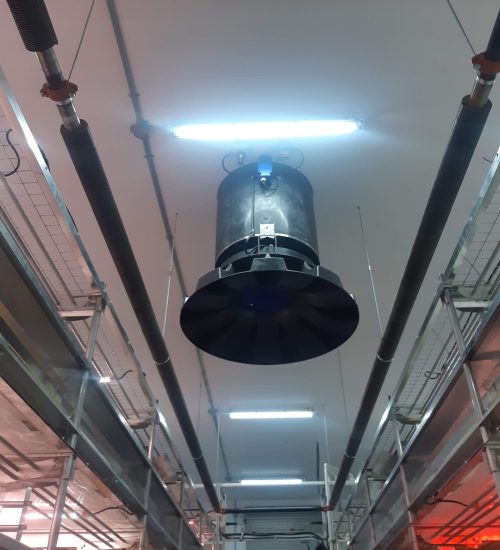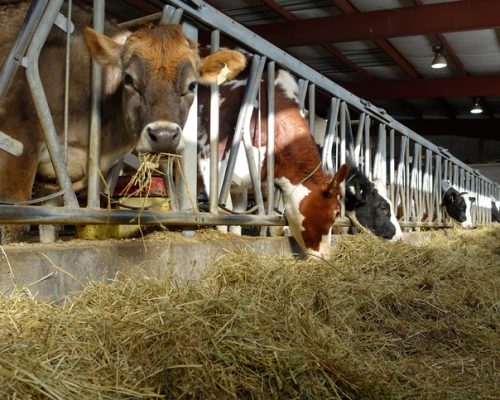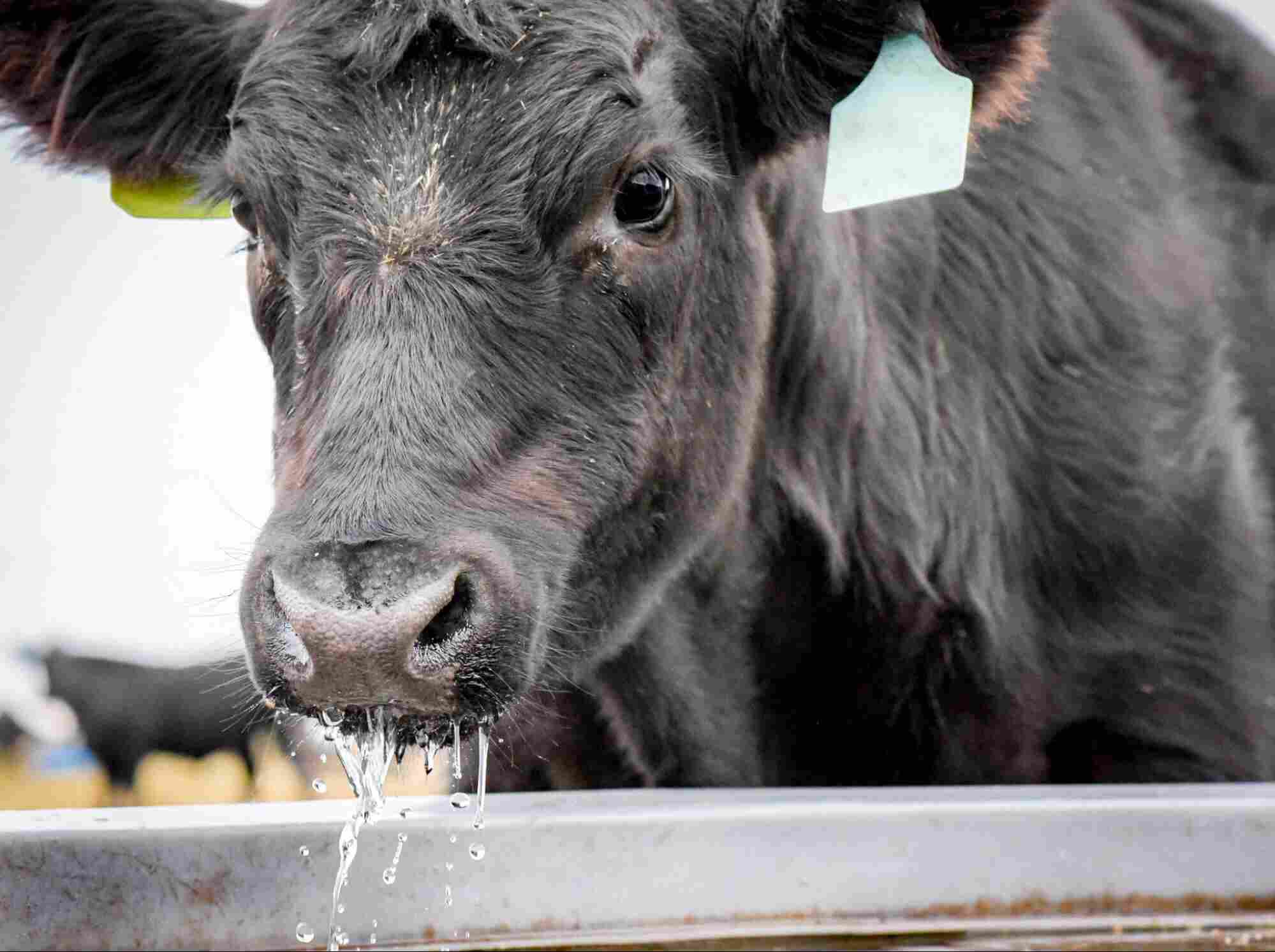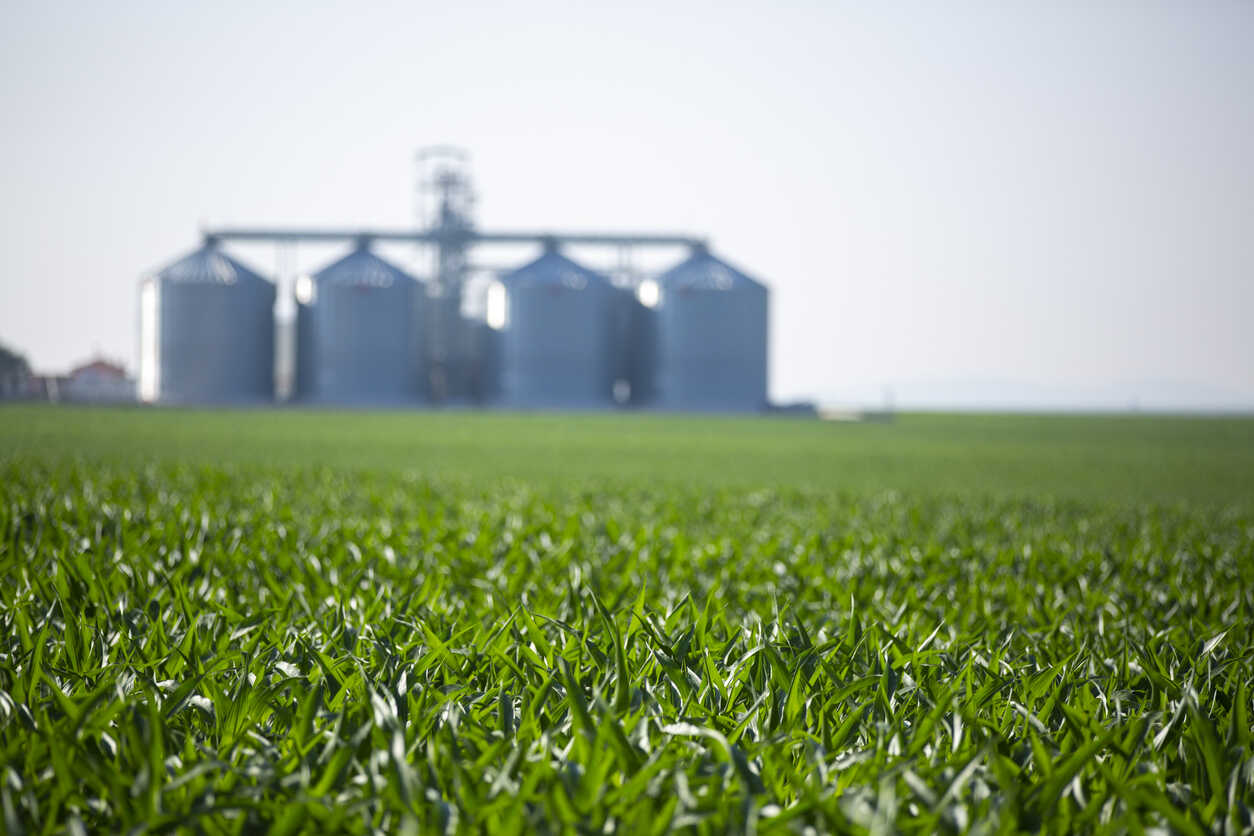In the realm of modern agriculture, the health and productivity of livestock are paramount. One key element that significantly influences these factors is the implementation of an efficient barn ventilation system. Beyond the basic idea of circulating air, these systems offer a myriad of benefits that extend to both the animals and the overall barn environment. In this blog post, we’ll delve into the benefits of a barn ventilation system, shedding light on why it is a cornerstone of contemporary agricultural practices.
1. Improved Air Quality for Livestock and Workers
One of the primary advantages of a robust barn ventilation system lies in its ability to enhance air quality. Livestock barns can often be plagued by the accumulation of harmful gases such as ammonia, particularly in areas where animal waste is prevalent. A well-engineered ventilation system effectively removes these gases, safeguarding the respiratory health of both animals and the human workforce. These systems also contribute to the reduction of airborne dust and particulate matter, fostering a healthier atmosphere within the barn.
2. Temperature Regulation and Heat Dissipation
In regions with varying climatic conditions, effective temperature regulation is essential. Ventilation systems aid in dissipating excess heat during warmer periods, preventing heat stress among livestock. Heat stress can lead to reduced productivity and health issues in animals, making proper ventilation a critical factor in ensuring their well-being. Additionally, these systems prove instrumental in averting condensation-related problems, such as mold growth, by maintaining an optimal and dry environment.

3. Humidity Control for Mold Prevention
Controlling humidity is another crucial aspect of barn management. Ventilation systems contribute significantly to managing humidity levels, thereby mitigating the risk of mould and mildew growth. This is particularly important for safeguarding the health of both animals and the stored feed within the barn.
4. Odour Reduction and a Pleasant Working Environment
One of the challenges associated with livestock barns is the presence of strong odours emanating from animal waste. A well-ventilated barn effectively removes these odorous substances, creating a more pleasant working environment for barn personnel and neighbouring areas. This reduction in odours contributes to an overall improvement in the quality of life for those involved in the day-to-day operations of the farm.

5. Enhanced Animal Comfort and Reduced Stress
Optimal ventilation systems play a pivotal role in ensuring the comfort of animals. Livestock raised in well-ventilated environments experience reduced stress levels, positively influencing their behaviour, reproduction rates, and overall well-being. This, in turn, contributes to better growth rates and improved productivity.

6. Disease Prevention and Health Maintenance
Maintaining a hygienic environment is crucial for preventing the spread of diseases among livestock. Proper ventilation minimizes the airborne transmission of pathogens, reducing the risk of disease outbreaks. As a result, a well-ventilated barn contributes to the overall health and longevity of the livestock.
7. Energy Efficiency and Sustainable Practices
Modern barn ventilation systems are designed with energy efficiency in mind. Utilizing sensors and controllers, these systems adjust airflow based on real-time barn conditions, optimizing energy usage. This not only leads to cost savings for the farm but also aligns with sustainable agricultural practices, reducing the overall environmental impact.
A barn ventilation system is a cornerstone of modern agricultural practices. Its benefits extend beyond mere air circulation, encompassing aspects such as animal health, worker well-being, disease prevention, and overall farm productivity. As agriculture continues to evolve, choose Current Group for sustainable, cost-effective, and reliable electrical automation services. Contact us today.






